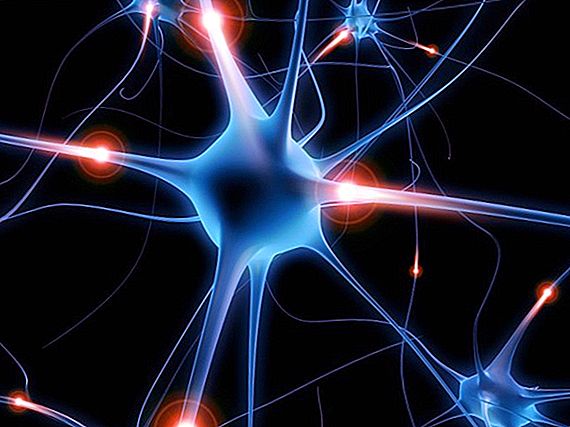For decades, official medicine has argued that the human brain is not capable of change after the completion of sensitive periods in childhood. Several scientists who dared to oppose the inertness of academic science changed this idea and proved in practice that our brain has a property that has helped Homo sapiens become the dominant species on the planet. This property has been called neuroplasticity.

Neuroplasticity is understood as the ability of the nervous tissue to change and develop throughout the life of the body, the ability to modify its structure under the influence of training, mental and physical training, regenerate after damage, restore lost functions or transfer them to other parts of the brain.
Neuroplasticity implies continuous changes at the cellular level, in which the brain reorganizes and creates new neural pathways in the process of adaptation to the internal and external environment. In other words, the brain is constantly updating itself in order to best fit the situation and ensure that our needs are satisfied.
New neural paths and neurocards are created when we learn something, whether it be a physical skill like playing the piano, a new fitness training program or a new way of thinking and a radical revision of worldview and life values. For each new thought, the brain creates a separate neurocard, and the more often we turn to this new thought, affirmation or skill, the more detailed and stronger the corresponding neurocard becomes, and the sooner the new skill or way of thinking becomes a habit and part of the personality.
The first law of neuroplasticity says "what is not used is dying." Or "not to use means to lose." Just a few years after graduation, we hardly remember what logarithms are and how to solve equations with parameters. The point here is not the weakening of memory, but the fact that the part of the cortex, which retained the skill of solving such equations, gave its territory and functionality to other mental processes that we did not neglect.
Neurologists Michael Merzenich, Paul Bach-i-Rita, Edward Taub and other scientists who studied the phenomenon of neuroplasticity, finally explained at the level of synapses why, the more we focus on something and practice something, the better and more successful we are. become in this area.
